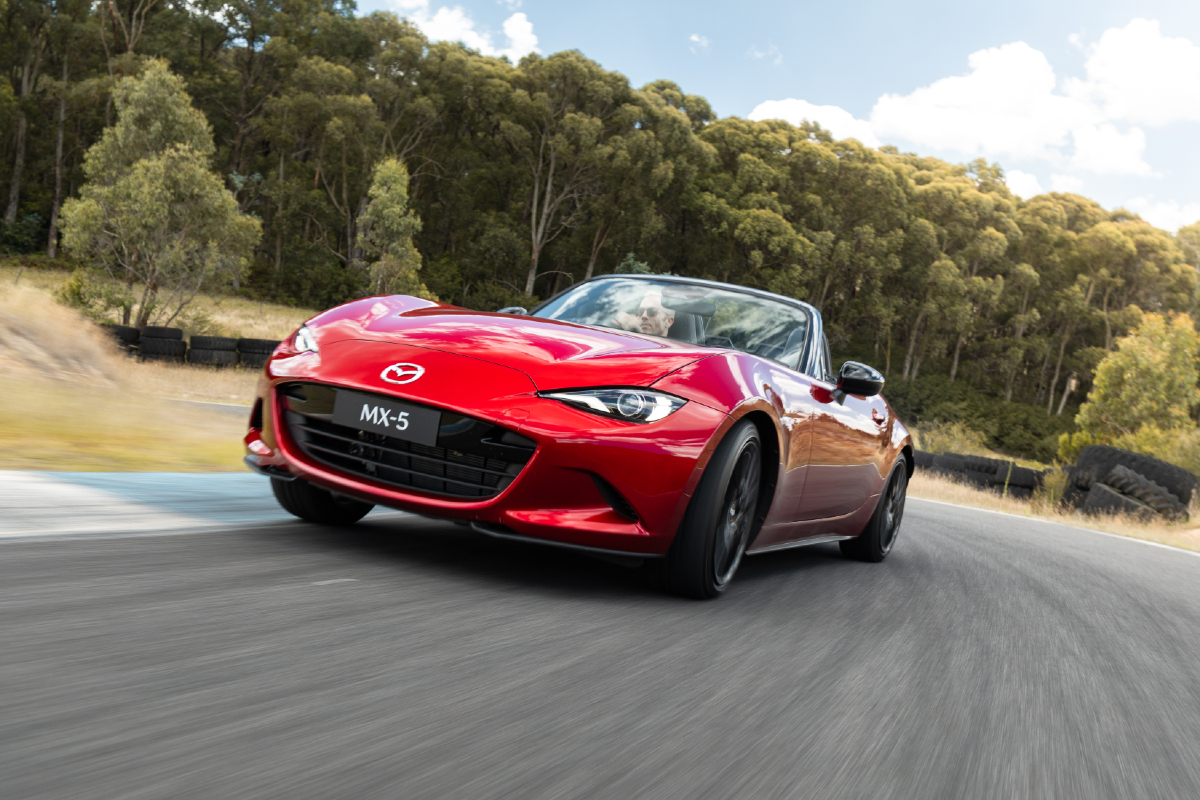
The Mazda MX-5 is a relic from the past – in the best possible way.
Cars like this don’t really exist anymore – staggeringly small, incredibly agile and built purely for driving enjoyment – and it’s a crying shame. Unlike seemingly every other car in the world, the MX-5 has not grown with each new model. Or, at least, as it did grow with the second and third generation Mazda made a clear and firm decision to reverse the trend and build this fourth-generation MX-5 deliberately more compact.
TOP 5: Manuals you can still buy
It’s hard to believe that this fourth-gen ‘ND’ is now almost a decade old, having launched in 2015, but thanks to subtle and steady evolution it remains as appealing as ever. This latest 2024 model is proof of that, with the changes limited to some new LED headlights and taillights externally, but with some key changes under the skin.
The most important one is the examples equipped with the six-speed manual gearbox (which is the one you should be buying) now come with an asymmetrical limited-slip differential, to improve straight line stability and cornering agility, as well as a new track-specific drive mode.
The new DSC-Track setting is only available on the range-topping GT RS variant – which is offered in both classic soft-top Roadster or folding hard-top RF. It’s designed to allow more slip and slide from the rear of the car, for experienced drivers who enjoy that sort of behaviour in a suitable and safe environment.
ROAD TEST: 2022 Mazda MX-5 review
Fortunately for us, Mazda provided precisely that kind of environment in the form of The Bend’s East circuit, the corner-heavy shorter layout at the vast venue which is ideal for exploring the dynamic changes to this latest MX-5.
The East circuit has corners of every variety, from fast sweepers to tight, almost-hairpin bends and everything in between. This is a track that separates the merely ‘good’ handling cars from the ‘great’ ones, and this latest version of Mazda’s drop-top is definitely in the latter camp. It’s direct, agile, responsive, playful and any other word you can use to describe a car that feels both fun-to-drive but also really engages the driver.
There’s an automatic version and it misses out on the new trick LSD, but so it should because if you’re buying a two-pedal MX-5 you’re buying this car for the wrong reasons. But we stuck to the manual and enjoyed every second of it.
Especially when we played around with the new DSC-Track setting, which lowers the intervention threshold for the stability control systems to allow you to slide the car around more. Mazda is crystal clear that this is a ‘track-only’ mode and it shouldn’t be used on the road, but I’d highly recommend hitting your tightest and twistist circuit in your MX-5 and exploring this new mode.
ROAD TEST: 2020 Mazda MX-5 30th Anniversary Edition
In the hands of a confident driver, who feels comfortable with the back end sliding around, it takes what is already a fun car and somehow manages to make it even more of a thrill.
Under the bonnet there’s a new air-intake but that’s only there to improve the audio experience and power remains 135kW and torque at 205Nm. Hardly supercar-levels of performance, but the perfect amount for a compact, lightweight Roadster like this.
It means, away from the track, the MX-5 is an utter joy to drive on the road. You won’t be breaking every speed limit just to have some fun, instead you can push even harder in the corners knowing that this is a car with perfect balance – both literally and philosophically.
Although, that’s not to imply it feels like a dud on track, far from it. There’s something incredibly enjoyable about revving a willing engine hard all the way to the redline and the MX-5’s 2.0-litre four-cylinder absolutely loves being driven hard and gets along at quite a pace when fully unleashed.
Other changes for 2024 include connected car services, which can call emergency services in the event of an accident or allow you to control certain functions from a smartphone app. It’s a nice touch but there’s a limited amount of functionality with this relatively simple sports convertible, so it will likely be more practical when Mazda rolls it out across the wider range.
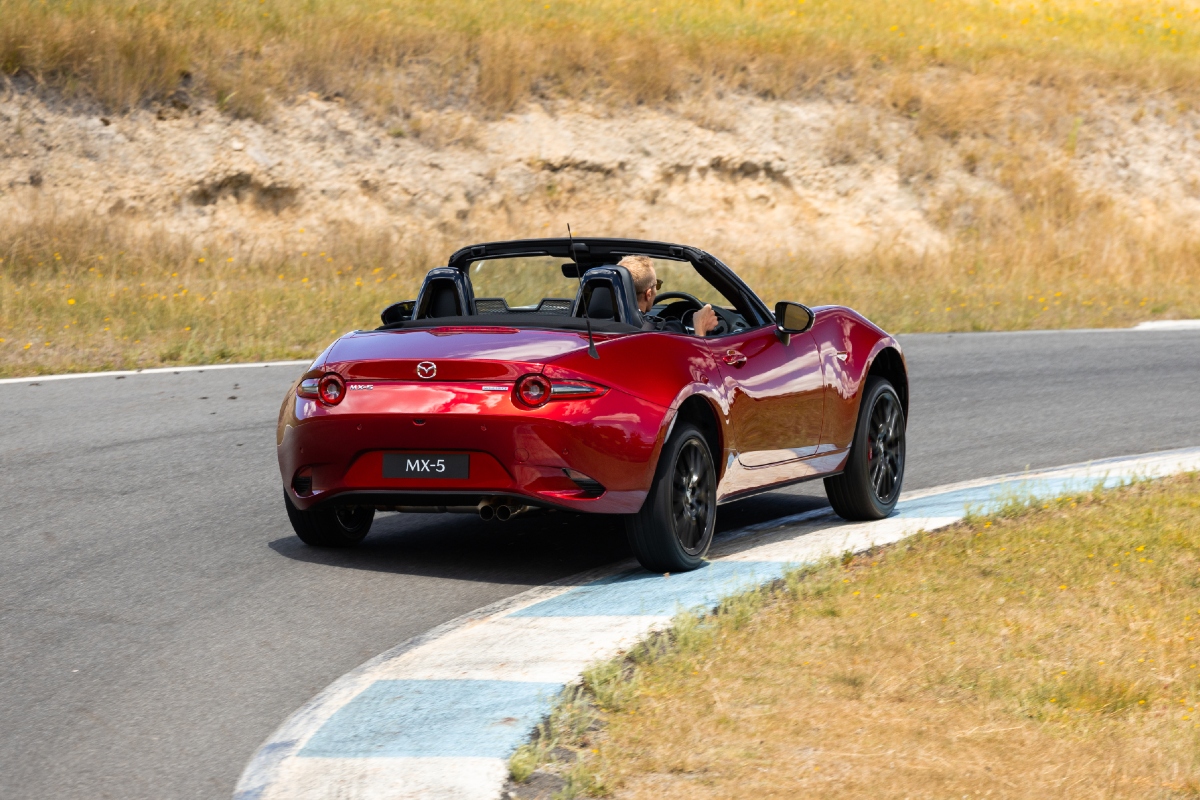
There’s also a new infotainment system, which introduces Apple CarPlay and Android Auto, which is a great new addition… but who cares. You won’t want to listen to music when you’re driving the MX-5. You should be listening to the engine revving hard, the tyres scabbling for grip and the wind rushing through your hair.
READ MORE: Return of the rotary – Mazda formally considering RX-7 revival
The MX-5 range is still affordable fun too, with the range beginning at $41,520 for the Roadster manual, but does stretch all the way to a pricey $56,140 for the RF GT RS. If you want a Roadster GT RS, with the DSC-Track mode, you’ll be paying $51,640.
The MX-5 really does feel like a throwback to a bygone era, when car companies made small, simple cars that put the focus on driving enjoyment rather than any creature comforts or modern technology. It’s hard to know what its future is, especially as it nears a decade on sale, but hopefully Mazda doesn’t abandon this wonderful driver’s car.



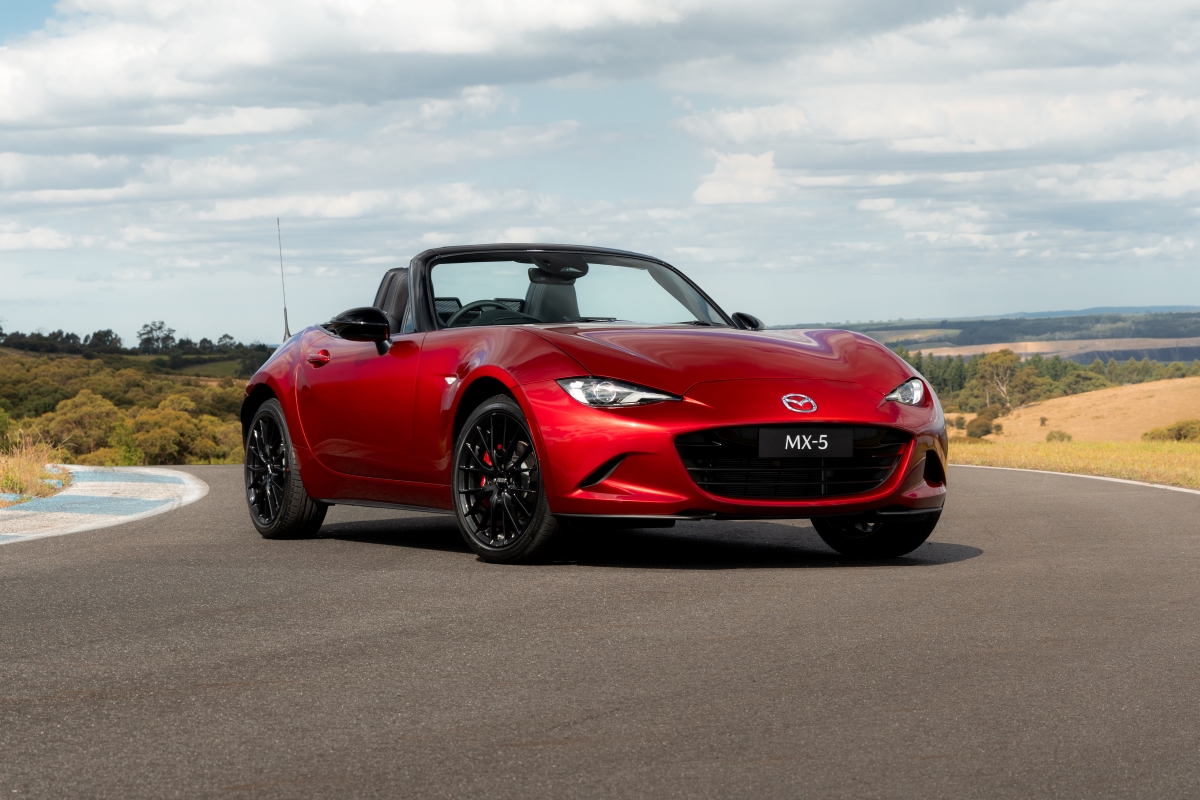
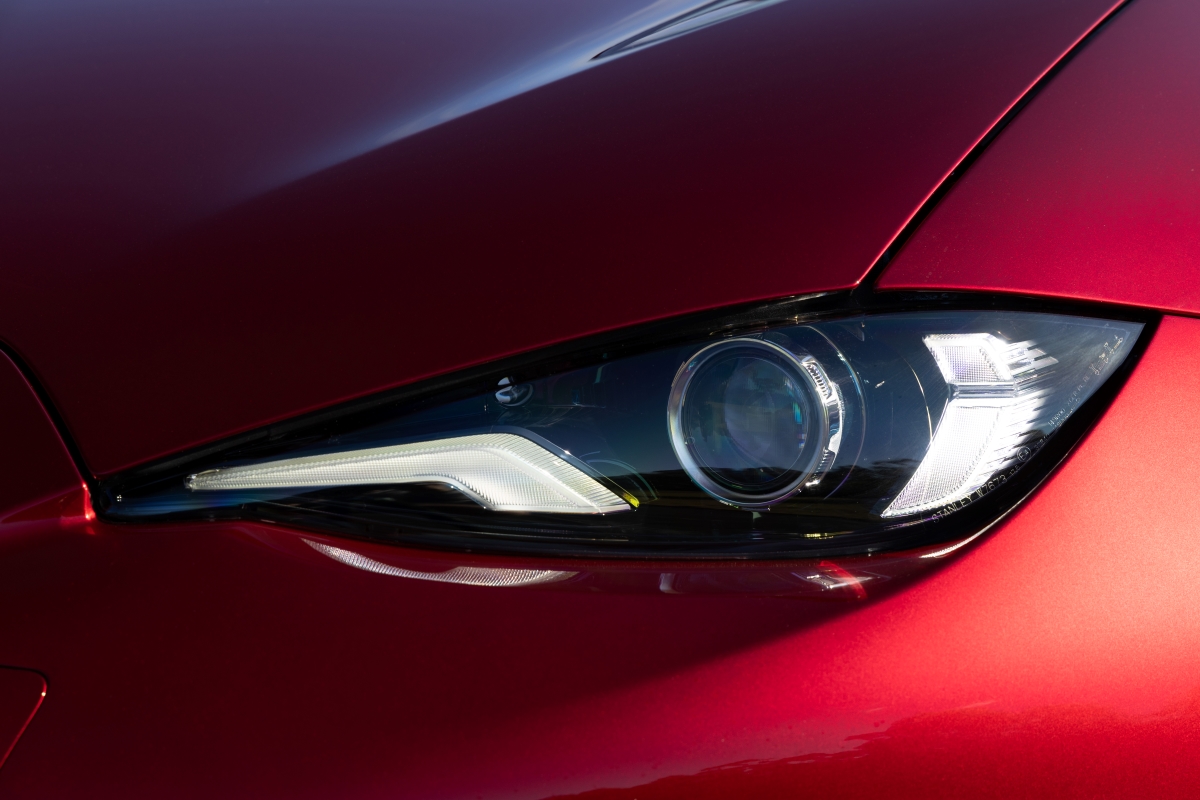
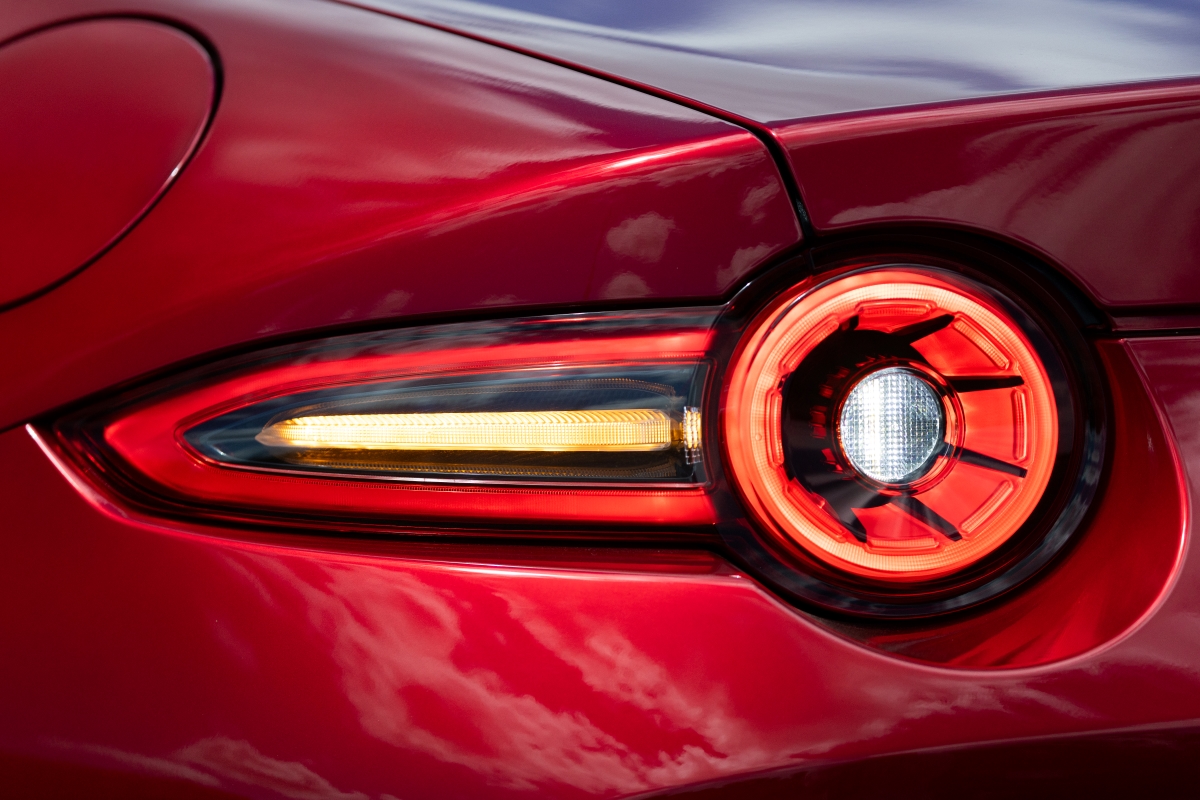
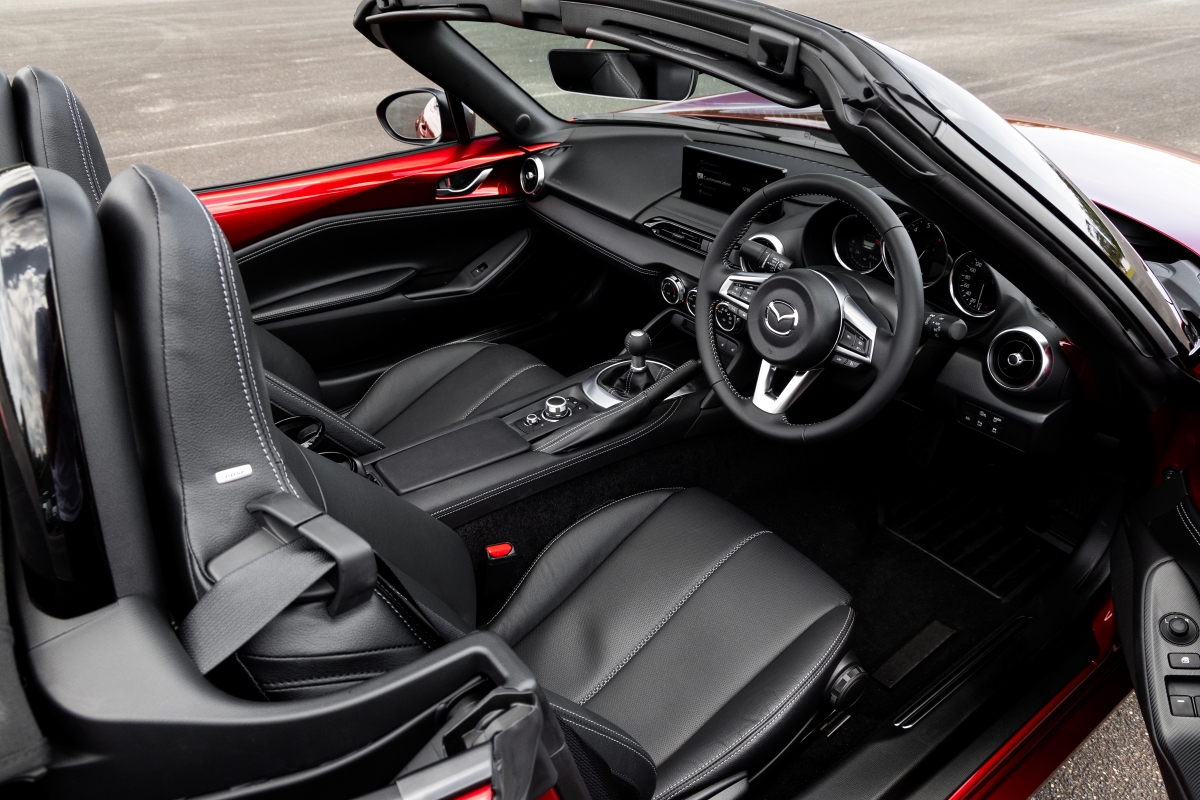
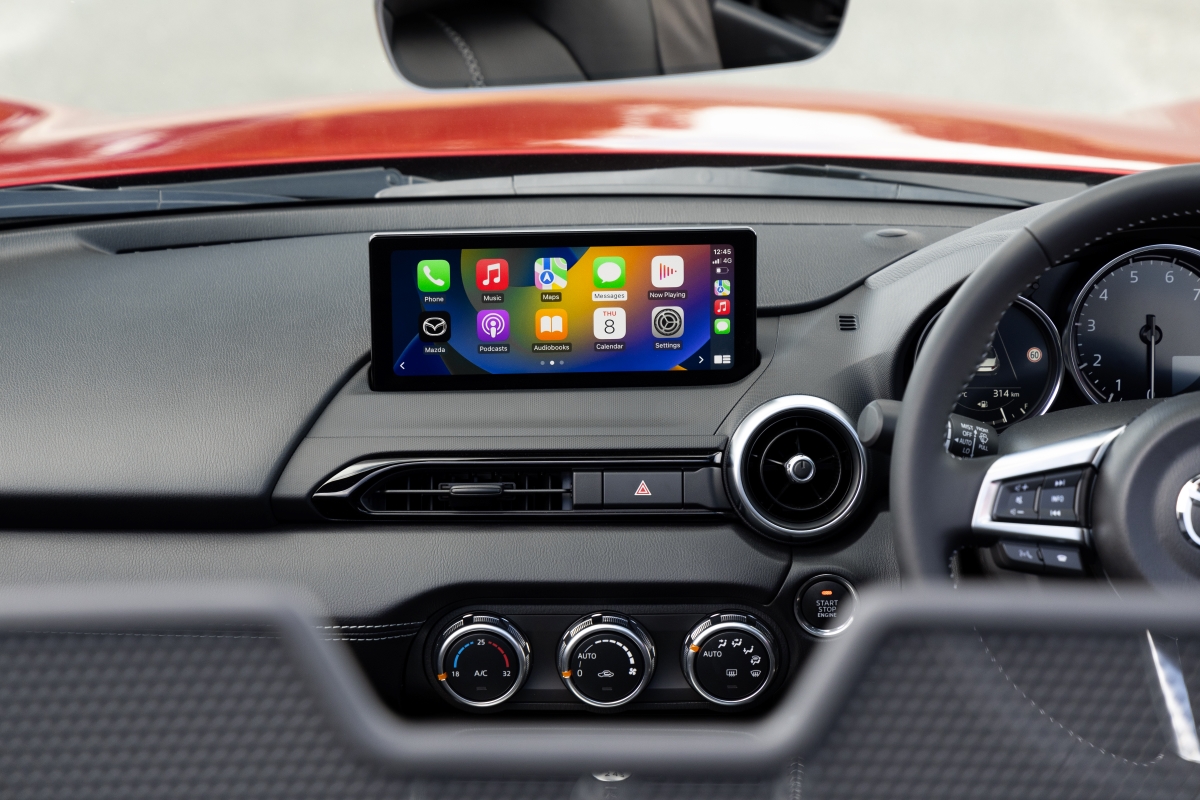




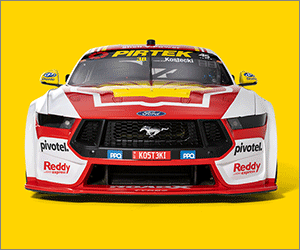






Discussion about this post